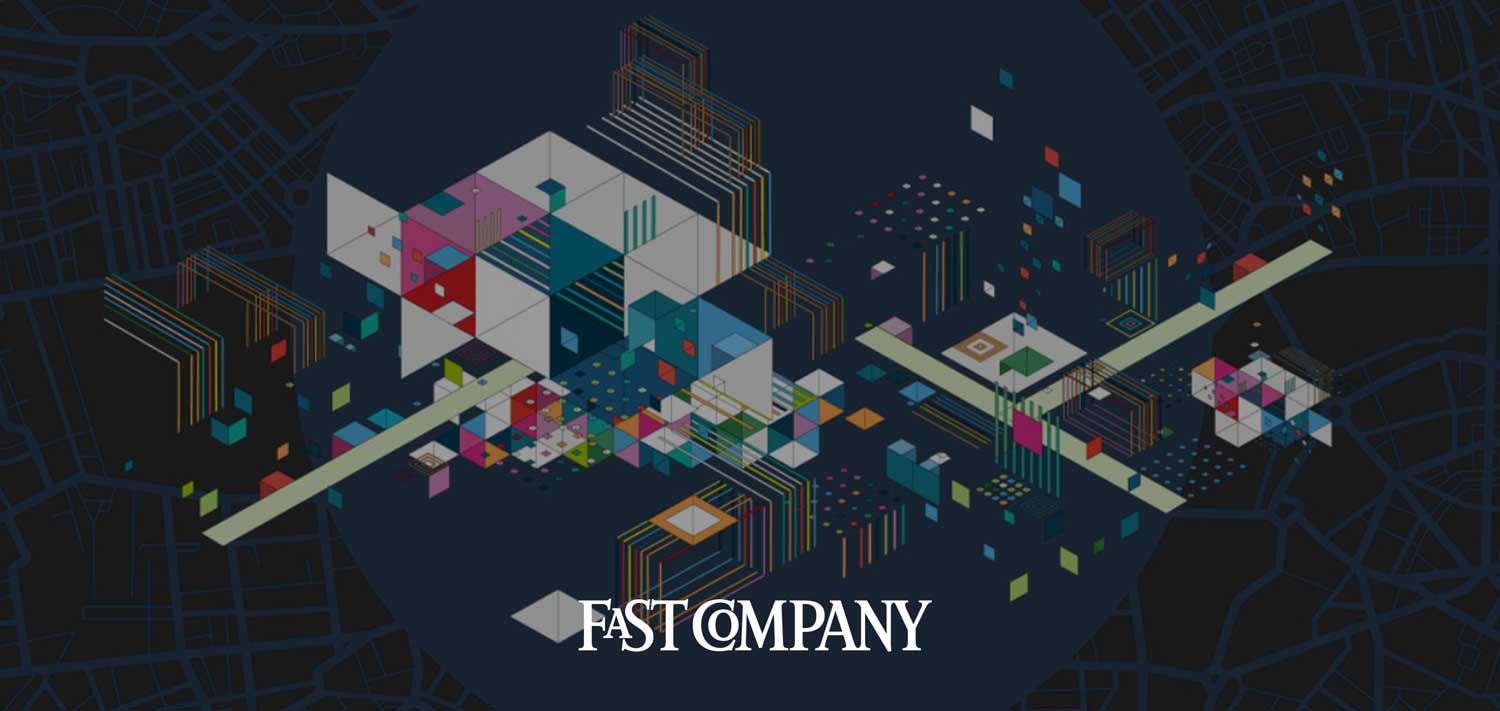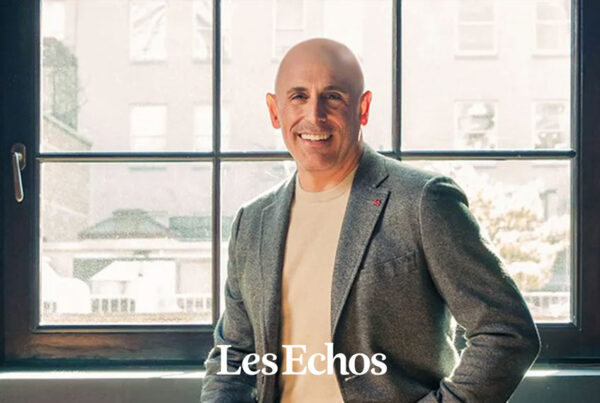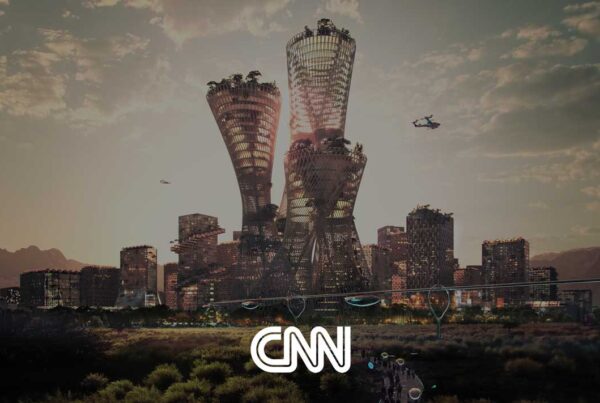American youth are on the move, ditching over-priced and climate-exposed coastal cities for more affordable and resilient inland boomtowns. The war for talent is now as much between cities as it is between companies. And what youth want from a city is exactly what they want from a company: a good “user experience.”
They demand that local governance leapfrog from decrepit infrastructure and shoddy services to sensors managing traffic and digital referenda gathering their views in real time. Small and wealthy countries tend to offer the best combination of security and lifestyle that youth seek, but within large countries, such as the U.S., cities will compete to be “smarter” than their peers.
“Smart city” now denotes everything from telemedicine to pervasive surveillance. The technological dimension of smart city life is a mix of alluring and discomforting. Apartments are becoming configurable spaces in which furniture folds itself up, depending on whether you need a couch, bed, kitchen, or office; IoT, 5G, and AR/VR will deliver fully immersive streets and buildings. Mobile delivery by drone or robot means instant convenience but potentially clogged sidewalks and skies. Trucks outfitted with 3D printers can mobile-manufacture repair parts. Pizza Hut is piloting vans with ovens inside that make fresh pizzas while en route to deliver them. (There’s nothing not to love about that last one.) The question that remains is: Where do young people actually want to physically live and have that pizza delivered as they spend all day in the metaverse?
Youth want to live in places where technology serves the people rather than the reverse. Right now, tech and payment companies from Google to Mastercard are digitizing local government services (software), while e-commerce, real estate, and automotive companies from Amazon to Waymo have been retrofitting the built environment (hardware). Data analytics units are popping up in mayors’ offices from coast to coast. Bill Gates has settled on 24,000 acres for building a new smart city near Buckeye, Arizona. Also in Arizona, former Walmart executive Marc Lore is looking for 150,000 acres on which to build his dream smart city called Telosa.
But because digital natives have taken on a heightened awareness of data privacy, the future is likely to be more pragmatic than extreme. The first incarnation of smart city rhetoric gave off the whiff of corporatized digital smothering. With greater civic guidance, however, the emerging smart cities will be places where the Internet of things (IoT) seamlessly blends into the background and affords residents a hassle-free lifestyle—a place where technology allows you to be you. The resurrection of Siemensstadt (an old factory town of the industrial giant) into a futuristic residential hub outside of Berlin includes clear guidelines that the data will belong first and foremost to public trusts.
Next we can expect that more states will adopt “Digital Bill of Rights” statutes or offer a “data dividend” (paying users for their data) as California has proposed, and ban the use of facial recognition by corporations and law enforcement. There is also a strong push for digital authentication to prevent deep fakes and block cyber clones, and to suppress hate speech and fact-check viral conspiracy theories. If there are going to be security cameras everywhere, then at least they could be used to stop the “porch pirates” who steal tens of millions of packages annually.
In the developing world, smart cities represent a seemingly necessary departure from the unfixable landscape of decrepit infrastructure, overcrowded tenements, snarling traffic, and rampant corruption. That’s why Egypt has broken ground on a “New Cairo” city, for example. It remains to be seen if such projects will ever be completed, however. Amaravati in India was hailed as a cleantech capital for southern India’s Andhra Pradesh state, but the government suddenly scrapped it in 2019 though construction was already underway. From Honduras to Madagascar, what Nobel laureate economist Paul Romer calls “charter cities” have also been attempted, but thus far more have failed than succeeded. Just because you can build something doesn’t mean you should. Making existing cities more sustainable and investing in their residents’ mobility would be money better spent.
This is a reminder that in countries rich and poor, “smart city” may be code for promoting a neo-medieval stratification: the privileged class building new cities or districts to isolate themselves from the unruly outside world. The medieval walls now located in the pedestrian areas of Edinburgh or Barcelona’s Barri Gòtic remind us that such formations are the historical norm. Indeed, Plato wrote in The Republic that, “any city, however small, is in fact divided into two, one the city of the poor, the other of the rich.” We may be heading toward an enlightened feudalism in which progressive cities profess to be open to all, but the cost of promoting order is entrenching a new kind of hierarchy. Even in cities without internal fortifications, such as New York, episodes such as Hurricane Sandy in 2012 and the coronavirus in 2020 laid bare the extent to which zip codes correlated to suffering. A quality-of-life map of America best resembles an airplane with separate entrances, cabins, seating areas, and bathrooms.
So much of the urban world is already stratified in this way, but with a different cast of characters. At the moment, cities like Dubai, Singapore, and Hong Kong are most associated with a bulging temporary foreign worker population living in effectively quarantined conditions separate from society at large. But as large states bring in more people without guaranteeing residency or living standards, stratification will inevitably take root among domestic and foreign, skilled and unskilled, rich and poor.
Smart cities won’t truly be smart until we get smarter. Walling ourselves off from the insecurity outside hasn’t brought us more security. Instead, it has stoked inequality and fear, while weakening our economy as more and more people have fallen out of it. Inclusive systems—whether cities or nations—empower everyone such that the whole becomes greater than the sum of its parts. Over the past decade, many of those who have become homeless for the first time have been retirees over the age of 50 with insufficient savings. Yet we have apps to help the homeless, released prisoners, and struggling students find affordable places to live. Shouldn’t the hundreds of hotels going out of business due to COVID-19, from New York to Nairobi, be converted into residences for this underclass? The test of how “smart” we are isn’t very difficult.




